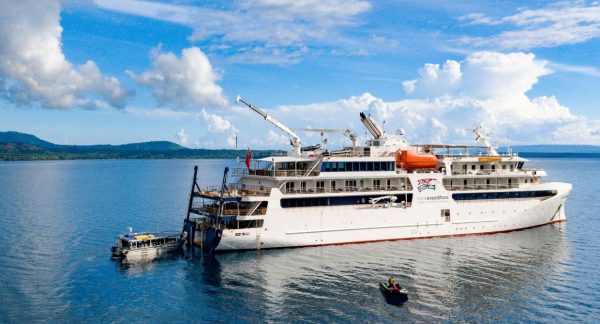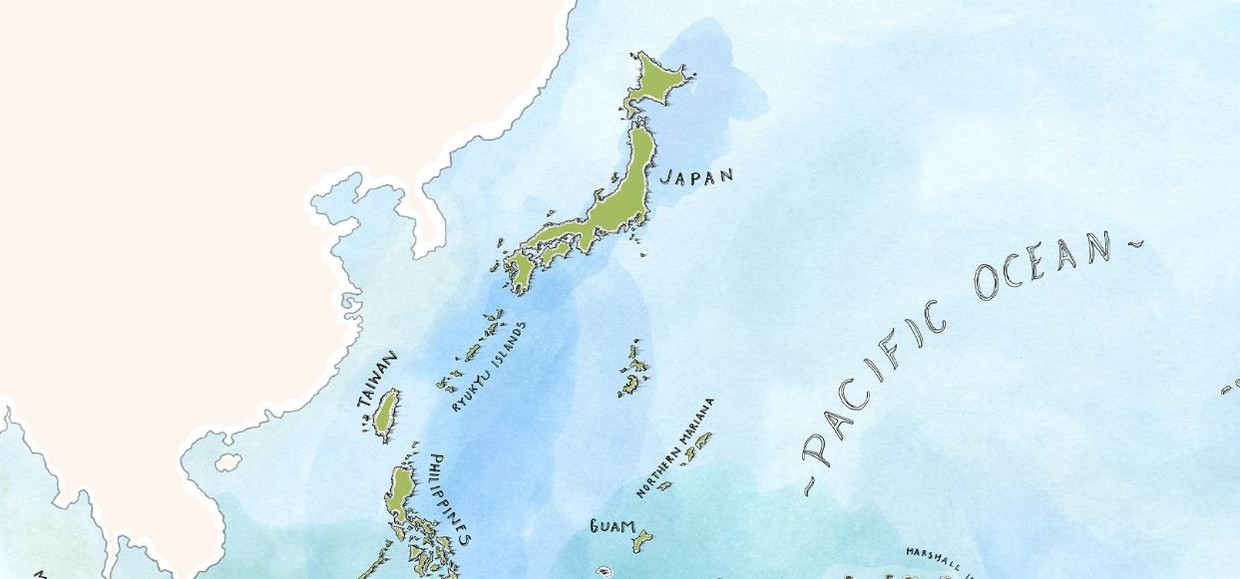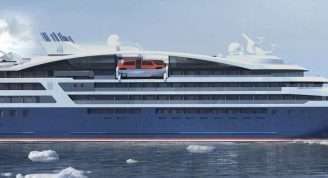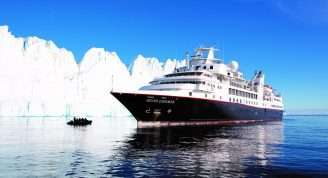Description
Immerse yourself in centuries-old Japanese culture with a tea ceremony, known as the Way of Tea, in a traditional teahouse. Enjoy the time-honoured practice of hot springs bathing in an Onsen, where geothermically heated spring water is captured in a natural outdoor setting and revered for its healing properties. Learn about soba noodles, a staple of Japanese cuisine, while participating in a noodle cooking class, and 400-year-old soy sauce production at the Marukin Soy Sauce Historical Museum. Experience the ancient art of hand-crafted Arita ceramics through making your own ceramic creation to take home and enjoy a traditional Awa Dance known as the ‘fools dance’ with origins dating back 400 years. Visit two UNESCO-listed sites: Japan’s world-famous ‘floating’ torii gate and Itsukushima Shrine of Miyajima and South Korea’s Global Geopark of Manjanggul Lava Tubes with its unique geological features and volcanic landforms. While cruising through the little-visited small islands of Japan and South Korea, see volcanic islands with their ancient lava flows and craggy shores eroded through wind and wave action over centuries.


















